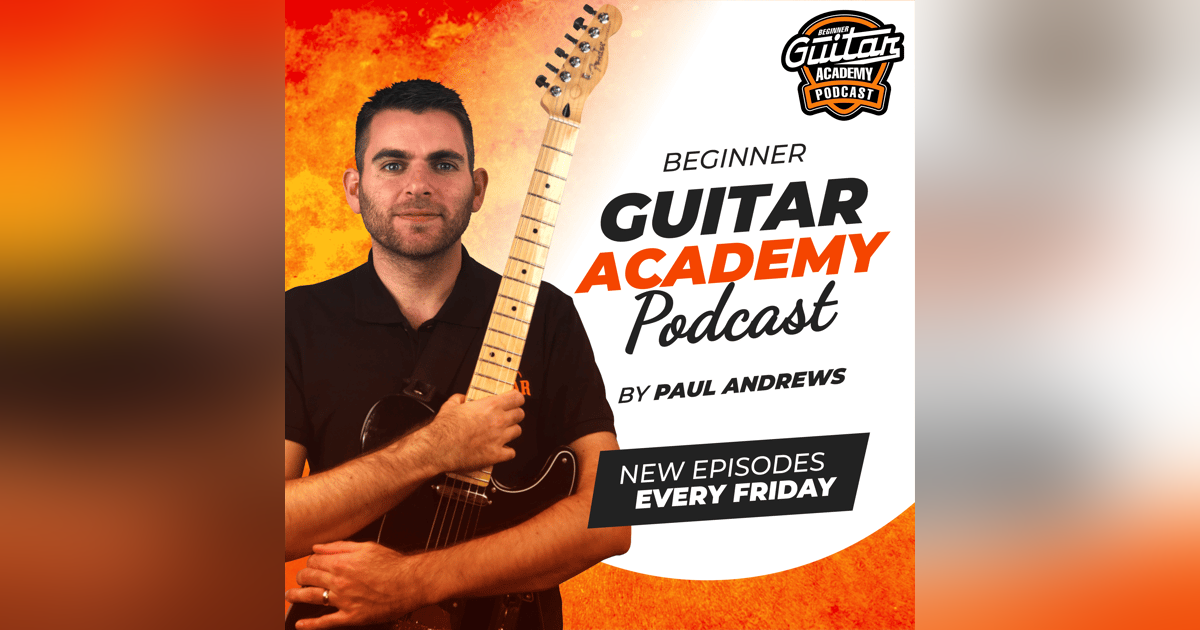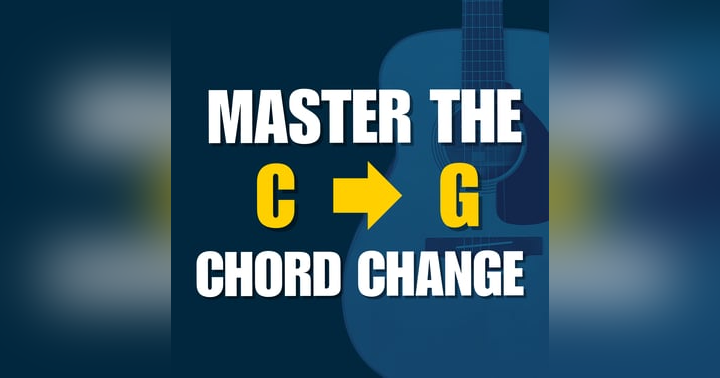Challenge Week Two Recap: Chords & Confident Changes
Welcome back! In episode 234 of the Beginner Guitar Academy podcast, Paul Andrews takes us on a journey through week two of his “Learn to Play Five Minutes a Day in May” challenge. Whether you’re just tuning in or you’ve been strumming away since episode one, there’s a treasure trove of practical advice and motivation in this week’s episode. Let’s recap what Paul covered and pick up some actionable tips to make your chord transitions smoother and your practice sessions more effective.
Building a Practice Habit, One Day at a Time
The “Five Minutes a Day in May” challenge is all about consistency—proving that even short, focused practice can result in noticeable improvement. If you missed out and want to jump in, you can still start at bgachallenge.com, regardless of the month.
But whether or not you’re part of the formal challenge, this episode is loaded with wisdom for any beginner (or even intermediate) guitarist struggling with chord changes.
The Three S’s of Good Chord Playing
Paul kicks off week two by honing in on chords, a notoriously tricky skill for beginners. To lay a solid foundation, he introduces the “Three S’s” for mastering any chord:
-
Shape:
Start by memorizing the chord shape—where your fingers go and in what order. Practice taking your fingers off and repositioning them to build muscle memory. For complex shapes, work on one finger at a time before combining them all at once. -
Sound:
Once you’ve got the shape down, individually pick each string to ensure a clean sound with no dead notes. Adjust your fingers for better arching and fingertip placement, using the thumb and wrist positions Paul explains for extra support. -
Speed:
Only after shape and sound are solid should you work on moving quickly between chords. Start by practicing the E minor chord, then move onto others using smooth transitions.
Unlock Fast Chord Changes: The Magic of Pivot Fingers
Day nine introduces a game-changer: pivot fingers. When transitioning between chords like E minor and A minor, keeping one finger (the pivot) in place can slash your transition time. For example, using fingers 1 and 2 for E minor allows your second finger to remain stationary when moving to A minor—a simple trick with big payoffs in speed and fluidity.
The Folded Corners Technique
Transitioning to more complex chords like C can be intimidating. Paul’s “folded corners” method—practicing different combinations and sequences for placing your fingers—helps you ultimately land all fingers down at once. This technique is especially useful for the C and G chords, where quick, confident changes make a real difference.
When There Are No Shortcuts: Air Forming & Minimal Motion
Not all chord changes benefit from pivots. Going from G to C, for instance, is pivot-free. Here, Paul recommends two techniques:
-
Keep your fingers close to the strings, minimizing unnecessary movement.
-
Air forming: Start shaping the next chord in the air as your hand moves toward its new position for a faster landing.
Putting Chords into Practice: “Save Your Tears”
By midweek, it’s time to put theory into action with a simple song—“Save Your Tears” by The Weeknd. The progression (C, Am, Em, G) not only reinforces the week’s lessons on pivot fingers and efficient movements but also makes practicing more fun and musical. And, as Paul reveals, you’ll revisit this song again in future sessions with added strumming patterns.
The Order of Learning Chords Really Matters
One common rookie mistake? Tackling advanced chords, like barre chords, too early. Paul outlines his step-by-step order for building up chord knowledge:
-
Em, Am, C, G (the challenge’s first four chords)
-
D
-
E, A, Dm
... and then on to power chords, seventh chords, and finally barre chords (after a year or more of playing).
This structure ensures you’re not left frustrated or demotivated by trying to do too much, too soon.
Recap & Moving Forward
The week wraps up with a quick recap, reminding us to focus on shape, sound, speed, pivot fingers, efficient transitioning techniques, and the importance of following a logical chord learning path. And don’t worry—barre chords will come when you’re ready!
If all this sounds helpful, consider joining the challenge at bgachallenge.com.
Final Words: Remember, success on the guitar comes from smart practice, not just hard practice. Take the time to build habits, drill chord shapes, strive for clarity, and focus on smooth transitions. You’ll be amazed at how far just five minutes a day can take you! Happy practicing—and see you on the next episode!









